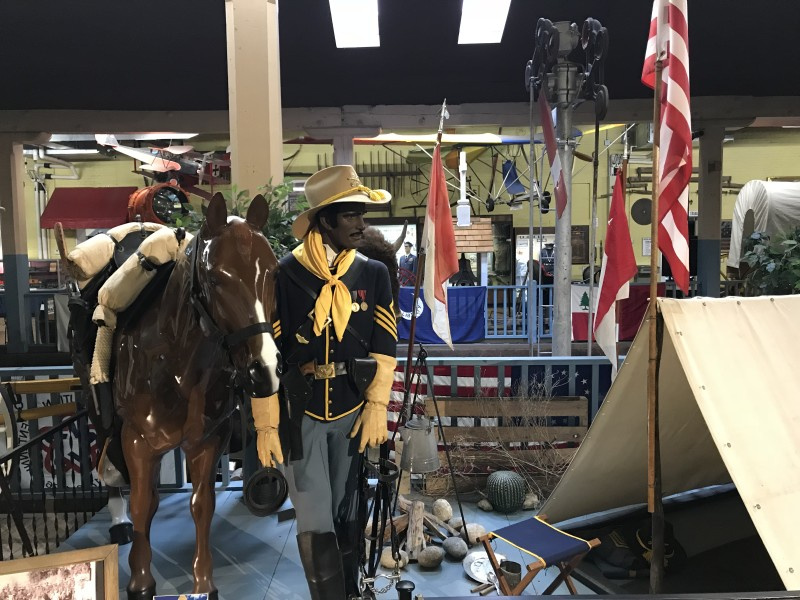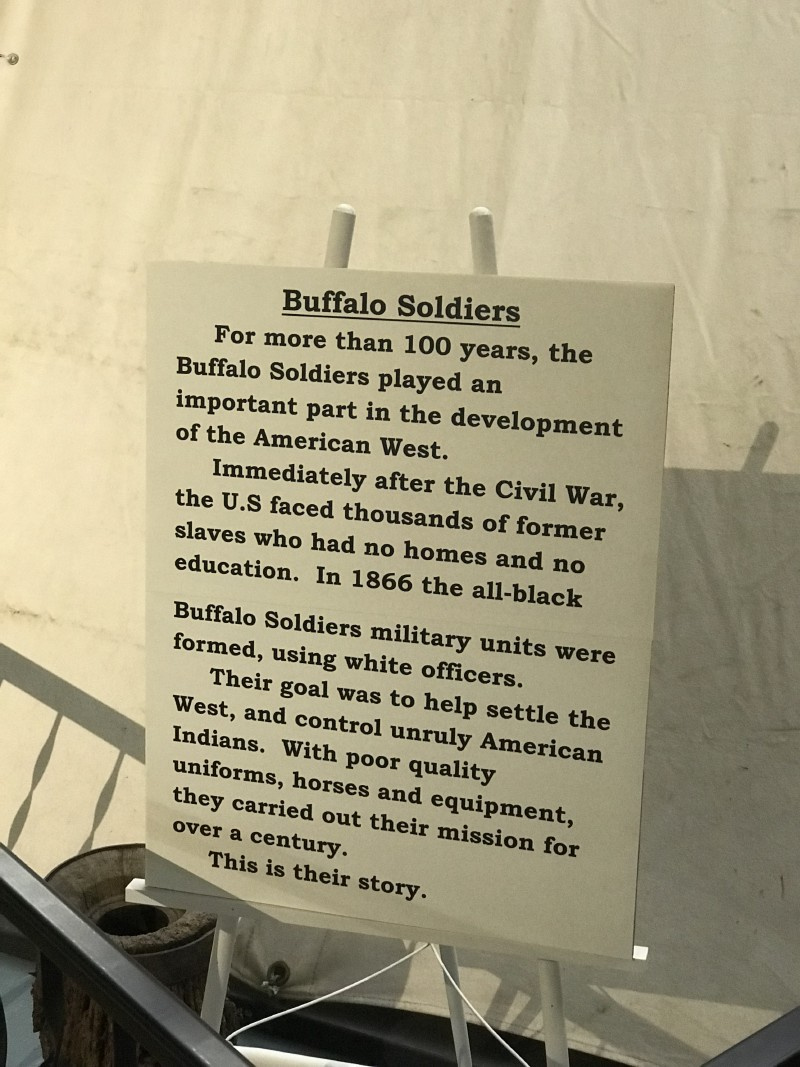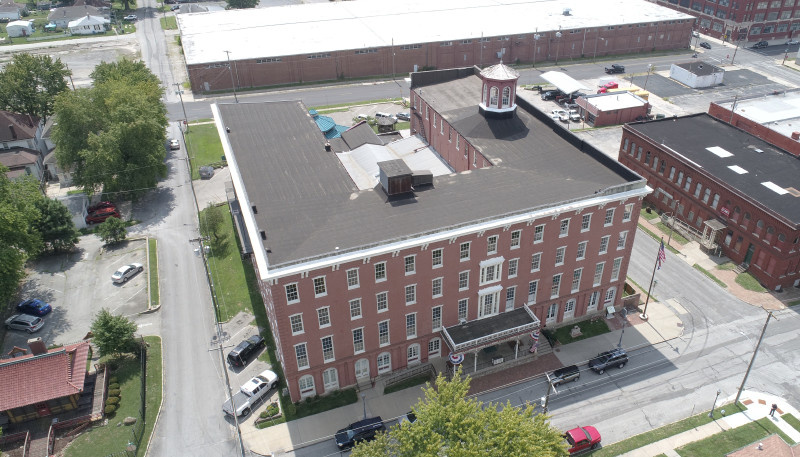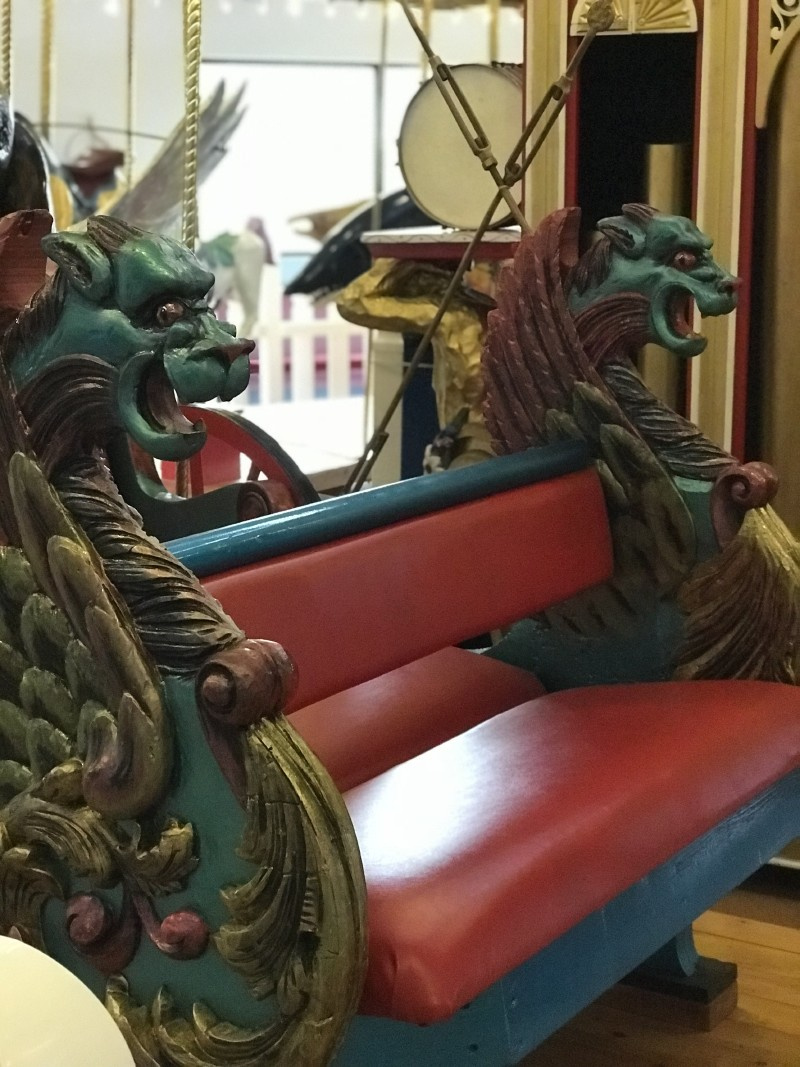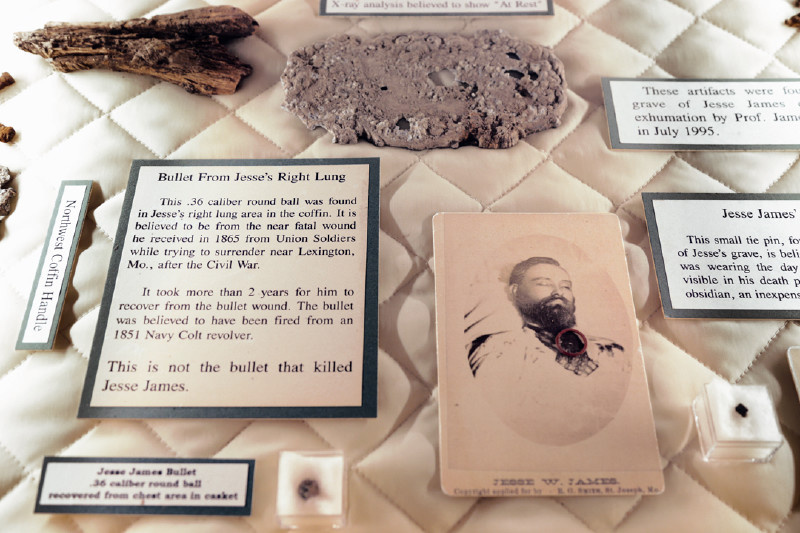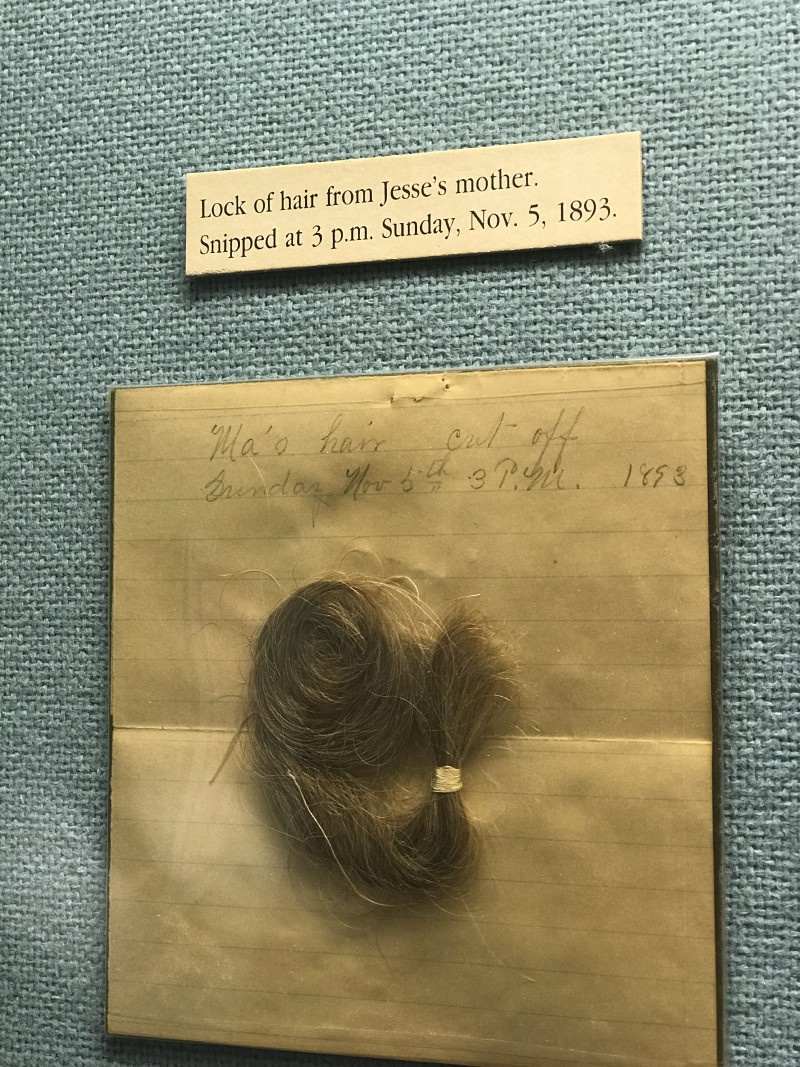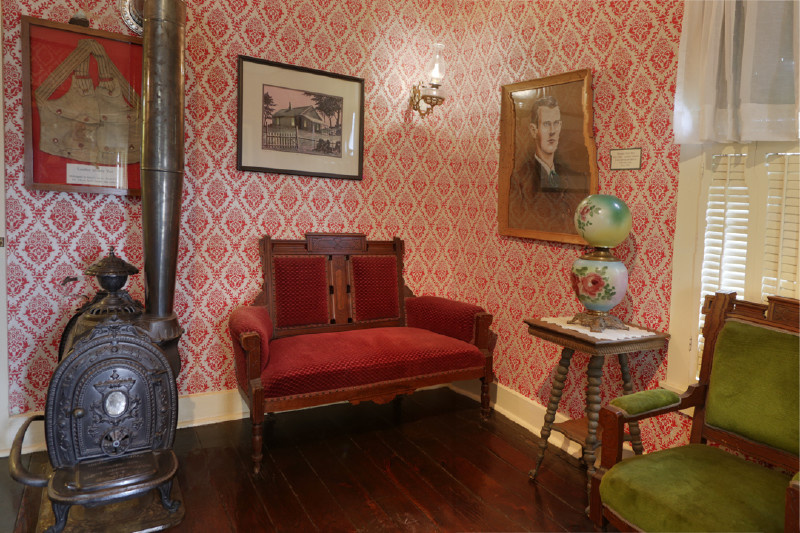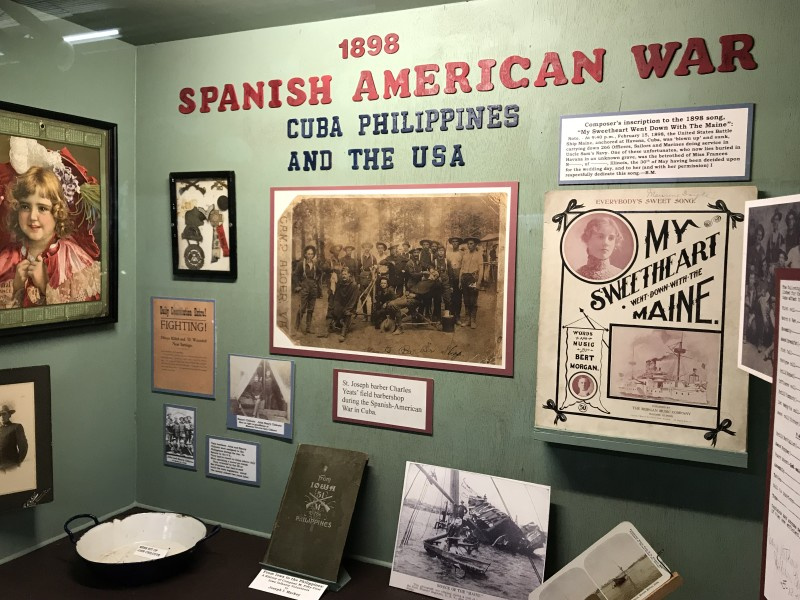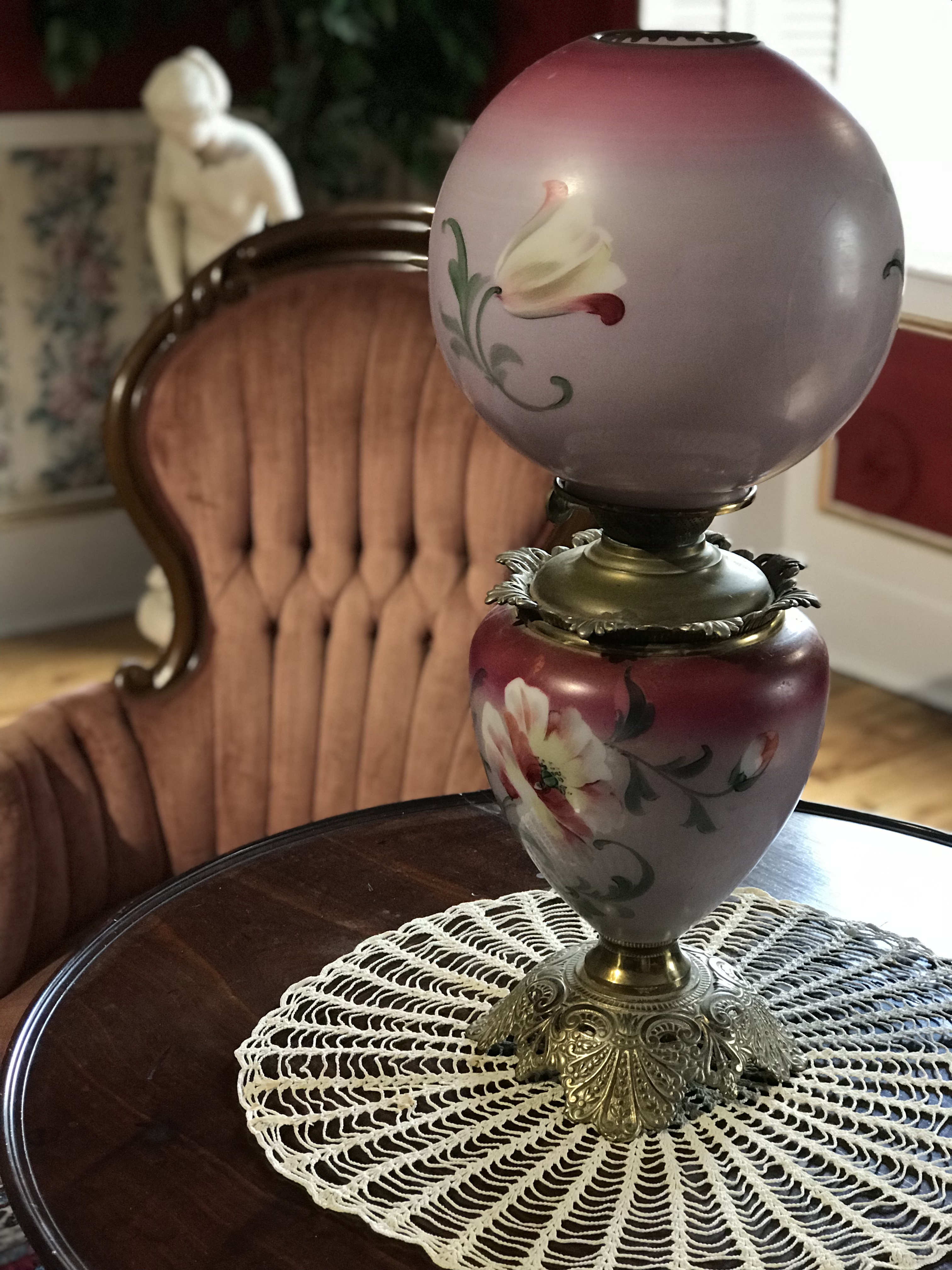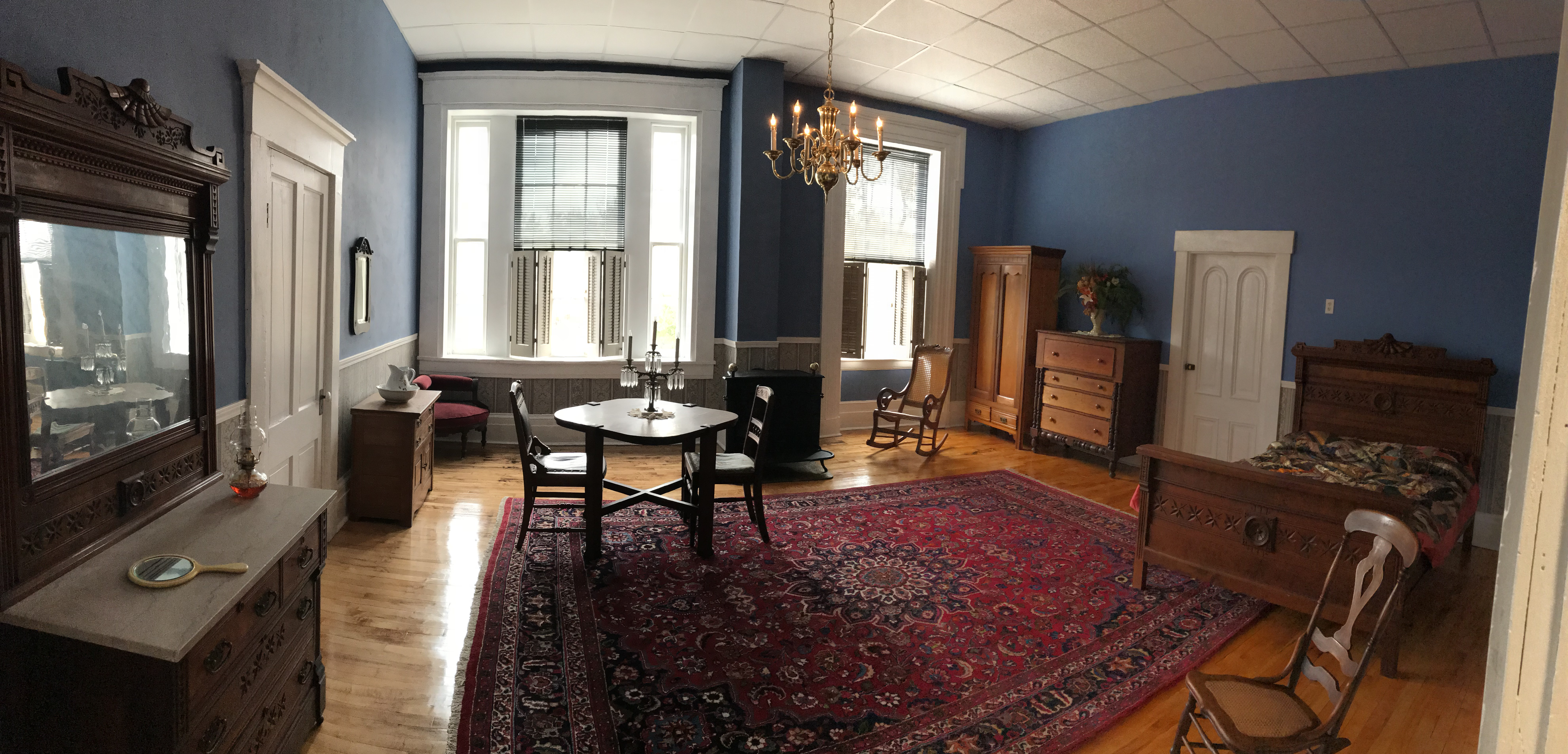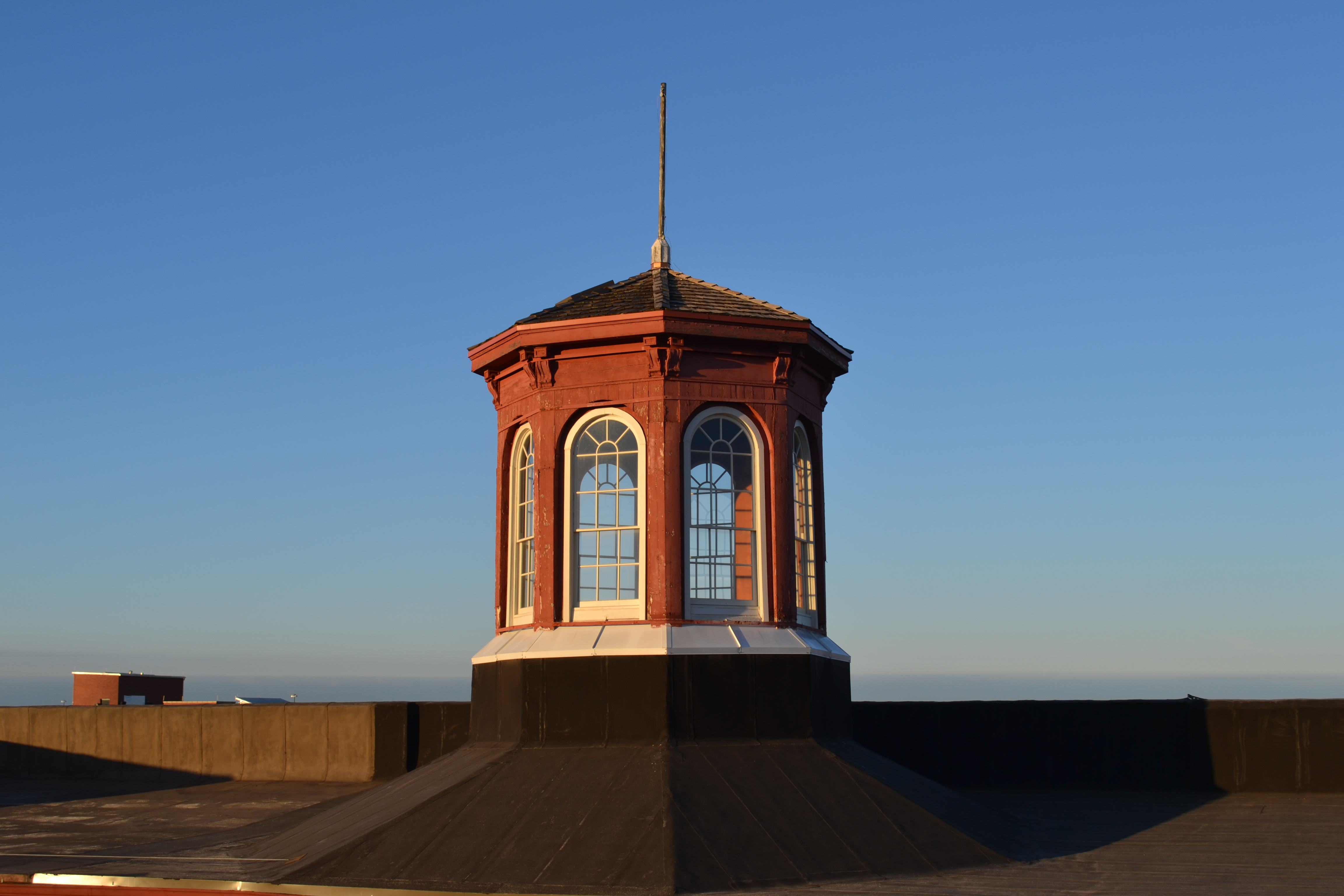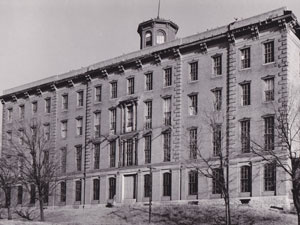
The Patee House
Built as a luxury hotel in 1858 by John Patee, the Patee House was meant to serve as the last stop of refinement and civility as travelers made their way farther into newly settled western territories. The hotel was a modern marvel, with amenities such as hot and cold running water in the bathrooms and a cupola that allowed for better air circulation, like a natural cooling system.
On April 3, 1860, businessmen William Russell, Alexander Majors, and William Waddell established the headquarters for the Pony Express on the first floor of Patee House. The men wanted to provide a faster mail route between St. Joseph and Sacramento, CA, with the hope of riding the distance in just 10 days. Unfortunately, with the expansion of the telegraph, the Pony Express ended in October 1861, lasting only 18 months.
During the Civil War, the Patee House was used as the Provost Marshal’s office. After the war, the hotel’s grand ballroom was used as the courtroom in which Confederate officers were tried.
In the fall of 1864, John Patee made plans to dispose of his hotel in a nationwide lottery. The drawing was held in April 1865, but the winning lottery ticket came back in an unsold bunch, meaning Patee would keep his hotel.
He did eventually sell the hotel to be used as the Patee Female College. However, by 1868, the building was sold again and converted back into a hotel. It was once again lavishly furnished only to close within another few years and then abandoned.
In 1876, it opened as St. Joseph Female College, under the direction of Dr. Elijah S. Dulin. It remained open until the summer of 1881, with plans to open a hotel one last time. Dr. Samuel A. Richmond opened The World’s Hotel, sparing no expense. Unfortunately, financial difficulties led to the hotel’s final closure in December 1882.
Patee House could not succeed as a hotel because it was located too far away from downtown, and its location often flooded after hard rains, which drove away patrons. Finally, in 1886, R.L McDonald purchased the building and converted it into a garment factory, which remained in operation until the late 1950s.
0


